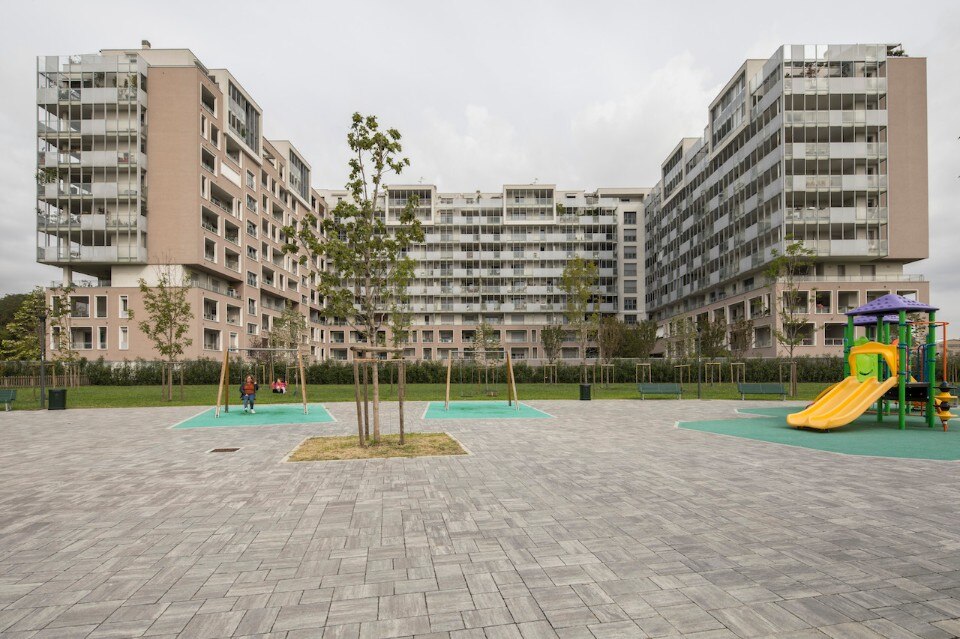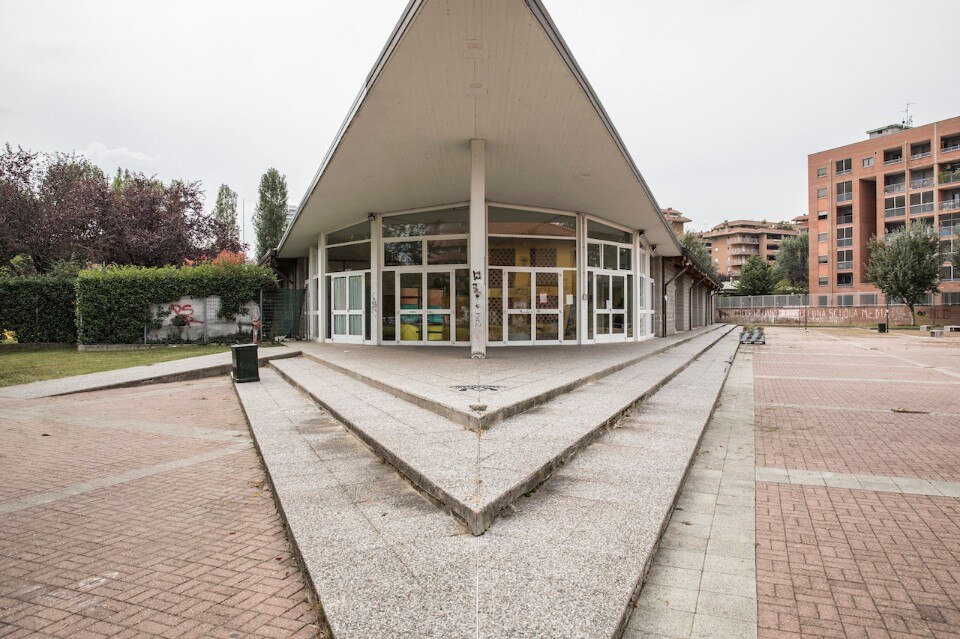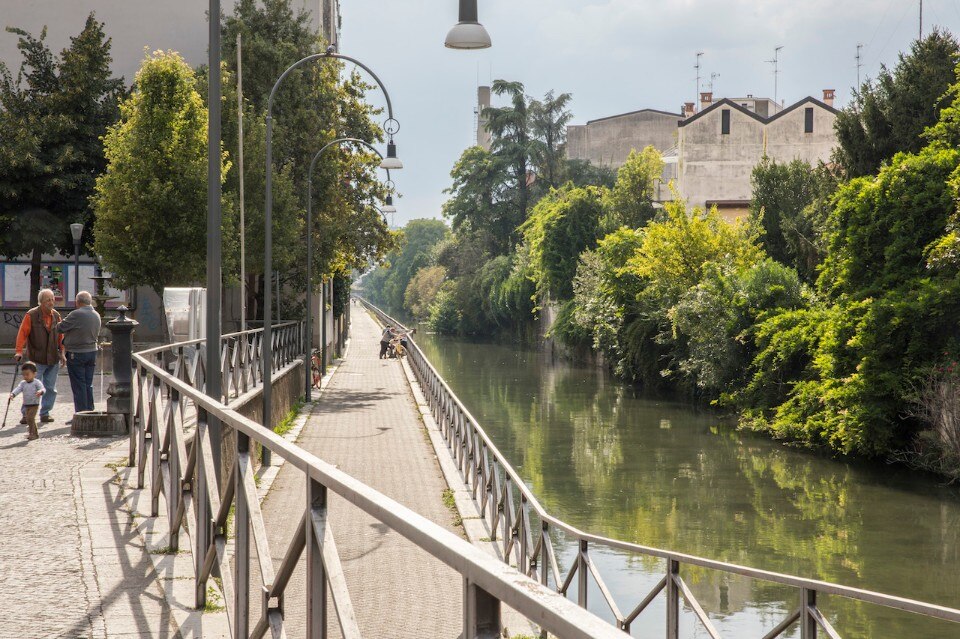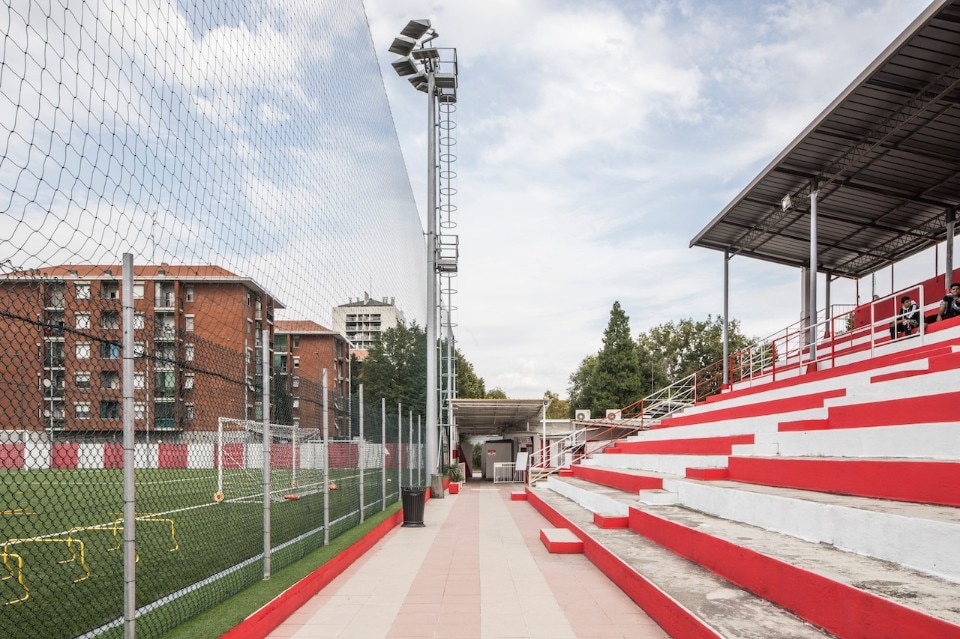Promoted by the Cariplo Foundation in Milan’s suburbs of Corvetto-Chiaravalle, the Adriano quarter and Via Padova, “Lacittàintorno” is an urban regeneration scheme supported by the Municipality and carried out in conjunction with the Milan Polytechnic’s Department of Architecture and Urban Studies. The focus of the project is on activating local communities through social and economic development initiatives, with a particular emphasis on culture. After illustrating the project for Corvetto-Chiaravalle in the last issue, in these pages we examine activities in progress in the Quartiere Adriano.

The Adriano quarter lies in the north-east of Milan, on the city’s boundary with Sesto San Giovanni and Cologno Monzese. The Metro stations of Crescenzago and Precotto on Lines 2 and 1 and the infrastructural node of Cascina Gobba (the eastern bypass + M2) underline its function as a link between the city and its surroundings.
As a result of new real-estate developments, almost one in three of its more than 16,000 inhabitants has arrived in the last decade. This new city within the city has attracted budding families, singles and professionals drawn by upmarket homes sheltered from the urban chaos but with good services, at least on paper. But this vision has been thrown into crisis today by the insovlency of some real-estate operators and the slowdown in provision of these same services.
Adriano has four distinct parts: the ancient village of Crescenzago at the north end of Viale Padova with its aging population, long-term residents and strong sense of identity; the sixties expansion with its high-rise condominium blocks, communal spaces on the ground floors, small public gardens and businesses; Adriano Vecchia, beyond the power lines, an extensive area built in the eighties and nineties with strong provision of housing and featuring the controversial Torre Adriano; finally Adriano Nuova, the most recent development, with new residential, commercial and service functions. An important example of the process of reconversion of Milan’s industrial areas, it is one of the most debated developments, with a high level of still-unfinished spaces and extensive areas with whose functions remain uncertain.

In Adriano Lacittàintorno, the project started from the principle that culture can be a decisive instrument for urban regeneration, seeking to make the area attractive to both residents and those looking at it from outside. Launched in the neighbourhood, the Sottocasa initiative has given rise to notable cultural outcomes on the urban scale, such as BookCity Milano and JazzMi, together with an offering of site-specific events: jazz concerts, light installations, rap performances, relay readings of the classics, digital and analogical drawing workshops, metropolitan walks, pop-up home restaurants and dance and cabaret shows.
The new network of relationships developed by these initiatives is bound to grow through the Luoghicomuni programme, a series of experiments in which citizens work with the administration on activities of general interest.

Then primary-school pupils, teachers and families are engaged in the Ideebambine action, which produced a guide to the neighbourhood designed by the schoolchildren.
As the site of the community point (the physical and symbolic structure that is the project’s heart), the choice fell on Largo Bigatti. Here the aim was to build a strategic system not confined to a converted building but rather to coordinate and strengthen existing organisations.
Two years after the launch of Lacittàintorno, the features of the neighbourhood are visibly different. The scheme has enhanced and strengthened the sense of community, which was lacking before. It has encouraged citizens to weave a closer-knit structure uniting the various projects in a coherent strategy. The results can be seen in a more vital network whose banners are identity and civic consciousness.
Original texts are curated by Francesca Cognetti, Erika Lazzarino, e Jacopo Lareno (DASTU).
Opening picture: photo Alberto Dedè and Bruno Pulici for Lacittàintorno - Fondazione Cariplo


